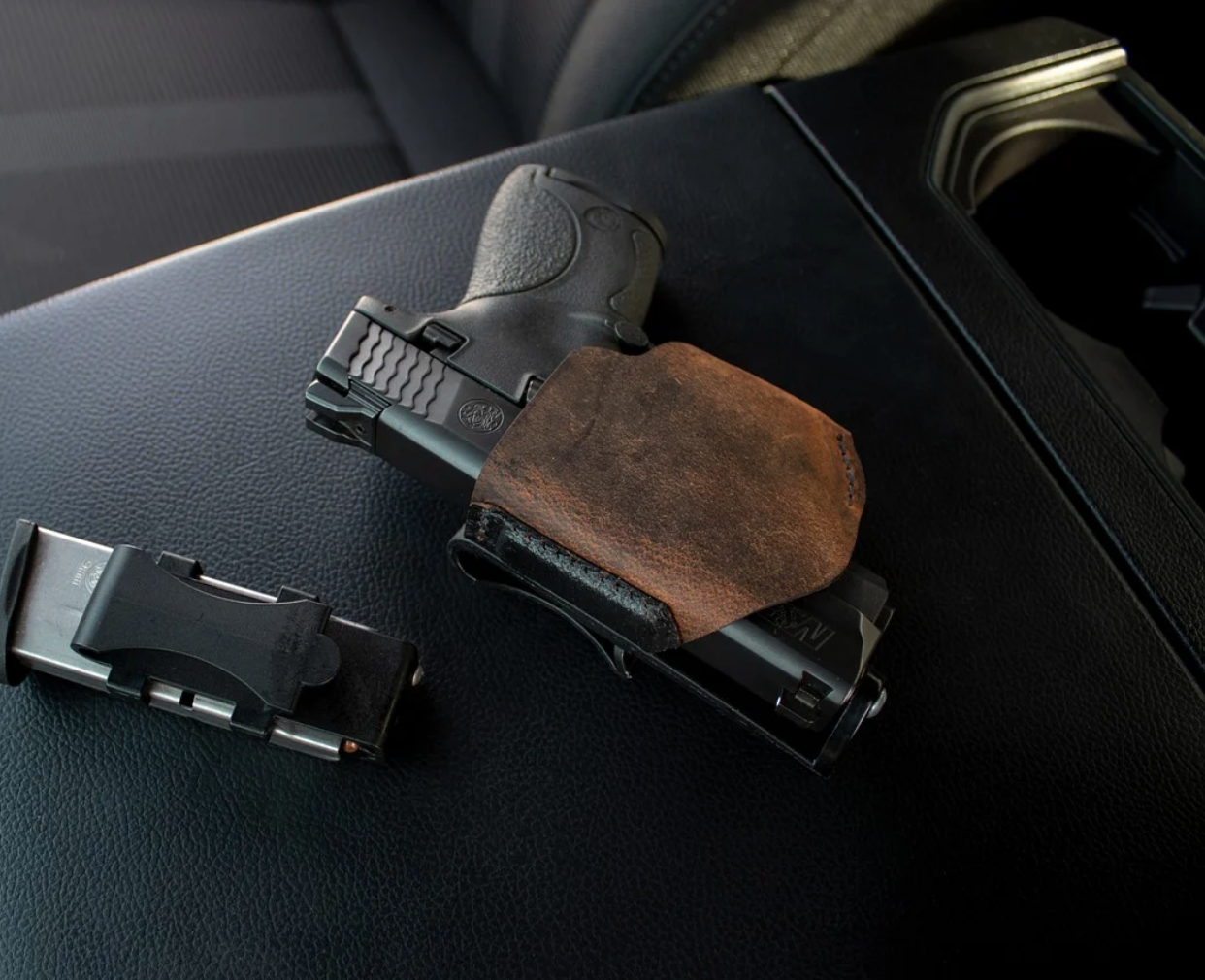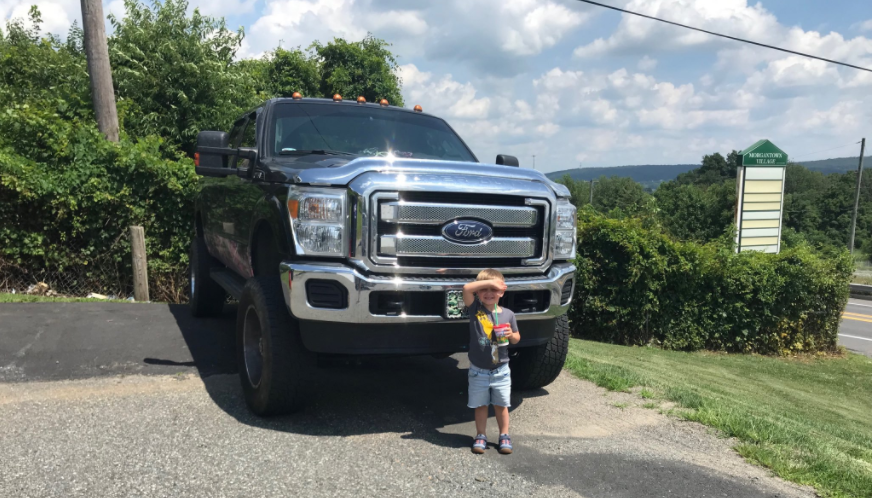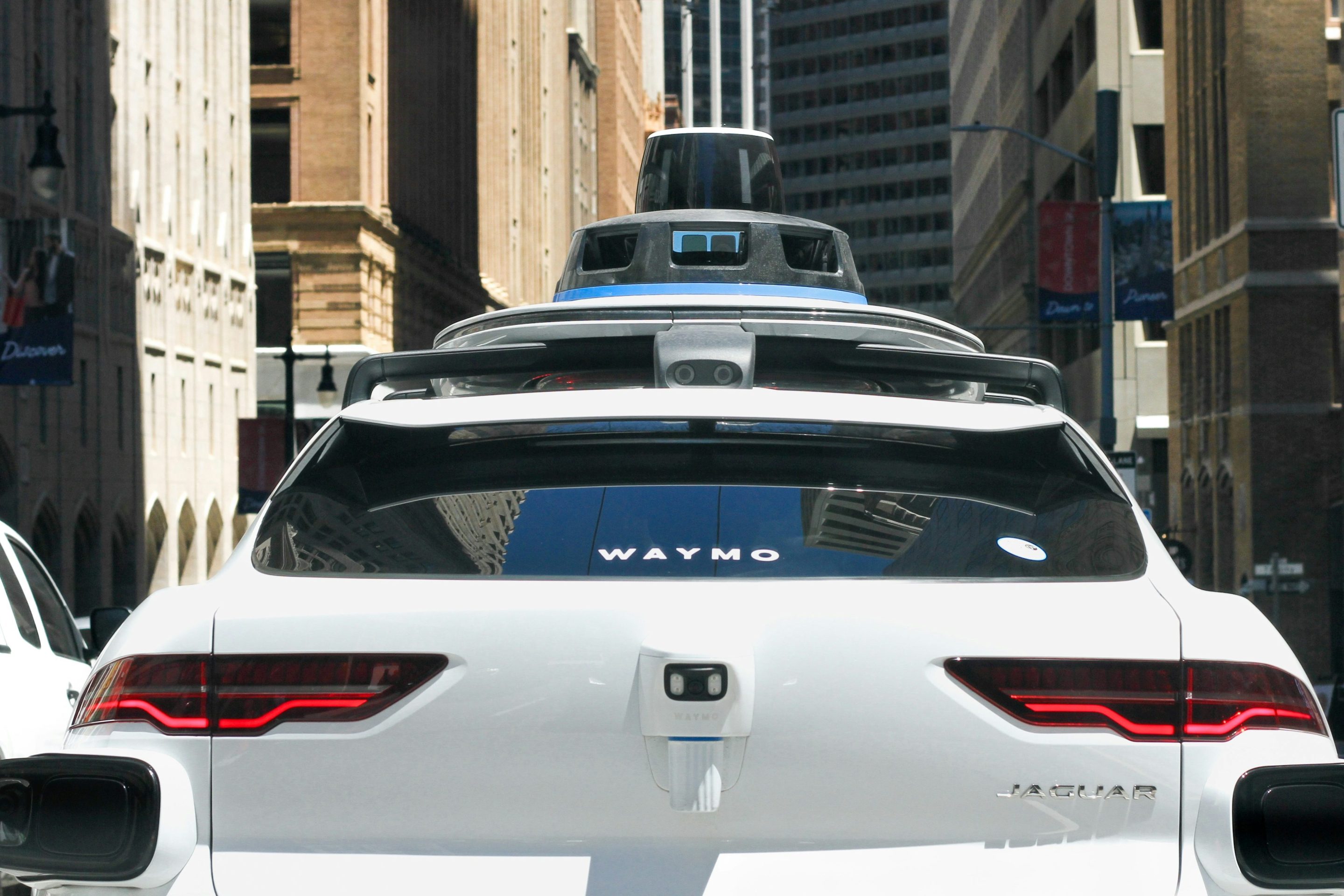Join us in July at the National Shared Mobility Summit — a month of virtual sessions on one topic: THE BIG SHIFT. Our existing physical, social, economic, technological and institutional infrastructure overwhelmingly favor private car ownership and private car use. This year, we ask, “How might we shift the the whole system!” Register now and save 25 percent with code BIGSHIFT21.
Aggressive driving isn’t the only deadly behavior on the rise on American roads — because raging motorists are killing more people with guns than any point in recent history, too.
A new analysis from advocacy group Everytown for Gun Safety shows that the average number of road rage incidents resulting in a motorist-involved shooting increased last year to an average of 42 dead or injured road users every month. That’s nearly double the monthly average for the four years prior, which was just 22 shootings — and none of those harmed were counted in last year’s horrifying crash death totals, which jumped to their highest point since 2006 because communities failed to slow down aggressive drivers on pandemic-emptied roads.
Add it all up, and in the last 12 months, a U.S. driver shot another person with a gun roughly once every 18 hours.
“Gun violence among motorists is happening against a backdrop of an overall deadly increase in gun violence during the pandemic,” said Sarah Burd-Sharps, director of research for the group. “We started noticing that there was more media coverage of road rage incidents recently, and we wanted to dig in to see if the trend in increased shootings on the roadways is similar to what we see happening in cities — and it was worse than we thought.”
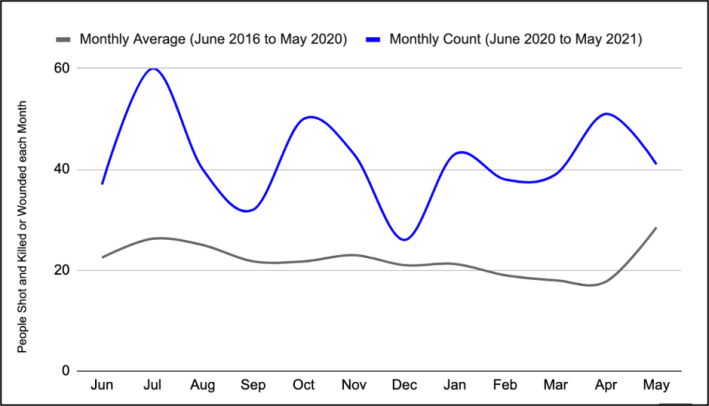
Analysts at Everytown note that they can't say for sure why road rage-prompted shootings are on the rise, though Burd-Sharps points out that “the pandemic has brought all kinds of new stressors into people’s lives, as well as record increases in gun sales.” But the trend still raises troubling questions about the intersection between traffic violence and gun violence, as well as the dangerous culture of deregulation and systemic violence that underlies them both.
At first glance, the rise in motorist-involved shootings during the COVID-19 era might seem a little counterintuitive — just like the recent rise in car crashes “despite” a world-historic drop in automobile traffic. Groups like the American Psychological Association have long blamed environmental factors like “congestion and slow-downs” for setting off the angriest drivers, citing experiments that saw the most consistently rage-prone motorists stay calm while operating driving simulators on “wide-open country roads.” And there was certainly no shortage of wide-open roads in 2020, during which congestion fell by an average 21 percent nationwide and vehicle miles travelled plummeted as much as 83 percent in some major cities in the early days of the lockdown.
But outside of a simulator, a roomy road does not always make for a relaxed driving experience — because many of the motorists who remain are driving more aggressively than ever.
Law enforcement officers across the country reported shocking 80 percent nationwide increases in speeding as well as increases in other dangerous driving behaviors in the early days of the lockdown, and these behaviors were as slow to wane as traffic levels were slow rebound (and in some places, they still haven’t rebounded completely). A 2013 AAA survey found that some of the most common triggers for aggressive driving behaviors were, unsurprisingly, other drivers behaving aggressively, like tailgating them or cutting them off — a vicious cycle that probably raised the overall stress level on U.S. road levels last year.
Add into that dangerous mix a national gun sales trend that shattered previous records, and many of those angry drivers were more likely to have a firearm in the glove box in addition to thousands of pounds of steel under the gas pedal.
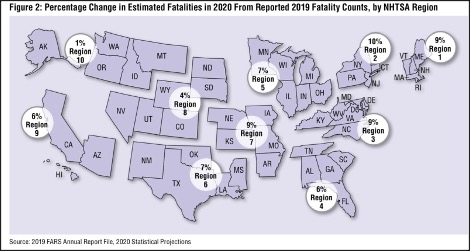
Of course, road rage incidents don't always result in a murder. But in a system with easy access to deadly weapons (and massive, easily weaponizable vehicles), it should perhaps not be surprising that more Americans than ever are dying in motorist-involved shootings and car crashes.
U.S. road deaths last year, for instance, would almost certainly not have spiked as high as they did if U.S. regulators didn’t break with their international peers and absolutely refuse to regulate the size of megacars that are proven to be more fatal to anyone in a smaller vehicle, nevermind anyone outside a vehicle at all. (It certainly didn’t help that sales of light trucks hit all-time records during the pandemic, either.)
Even more critically, nearly every feature of American road networks — such as the width of the lanes, the numbers on the speed limit signs, the stunning dearth of transit, biking, walking, and accessible travel infrastructure, etc. — combine to induce the most aggressive driving behaviors. Unlike countries in Europe, which experienced record reductions in their roadway crash totals last year, traffic jams are often among the only features that consistently and effectively encourage U.S. drivers to slow down. And during the COVID-19 era, even those evaporated.
Advocates at Everytown for Gun Safety emphasize that a lack of regulation undergirds America’s gun violence crisis, too — and just like in the realm of road safety, it’s equally important to take a safe systems-based approach that addresses the broader societal factors that make deadly shootings more likely.
“We’re interested in anything and everything that will work to reduce the violence and save lives,” said Burd-Sharps. “Of course, some of the solutions for which we advocate are policies that restrict the access to people who shouldn’t have a gun from getting them because of previous incidents of violence. But some of the things we support are programs at the local level to make sure that root causes of gun violence, including lack of access to income and decent housing, are being addressed, so that gun violence is not an attractive option, especially for youths. All of those solutions, together, make a big difference.”
